Hockney’s Eye review: works so vibrant they ‘make the Old Masters look dull’
This is a superlative exhibition that will leave you ‘in awe’ of the artist
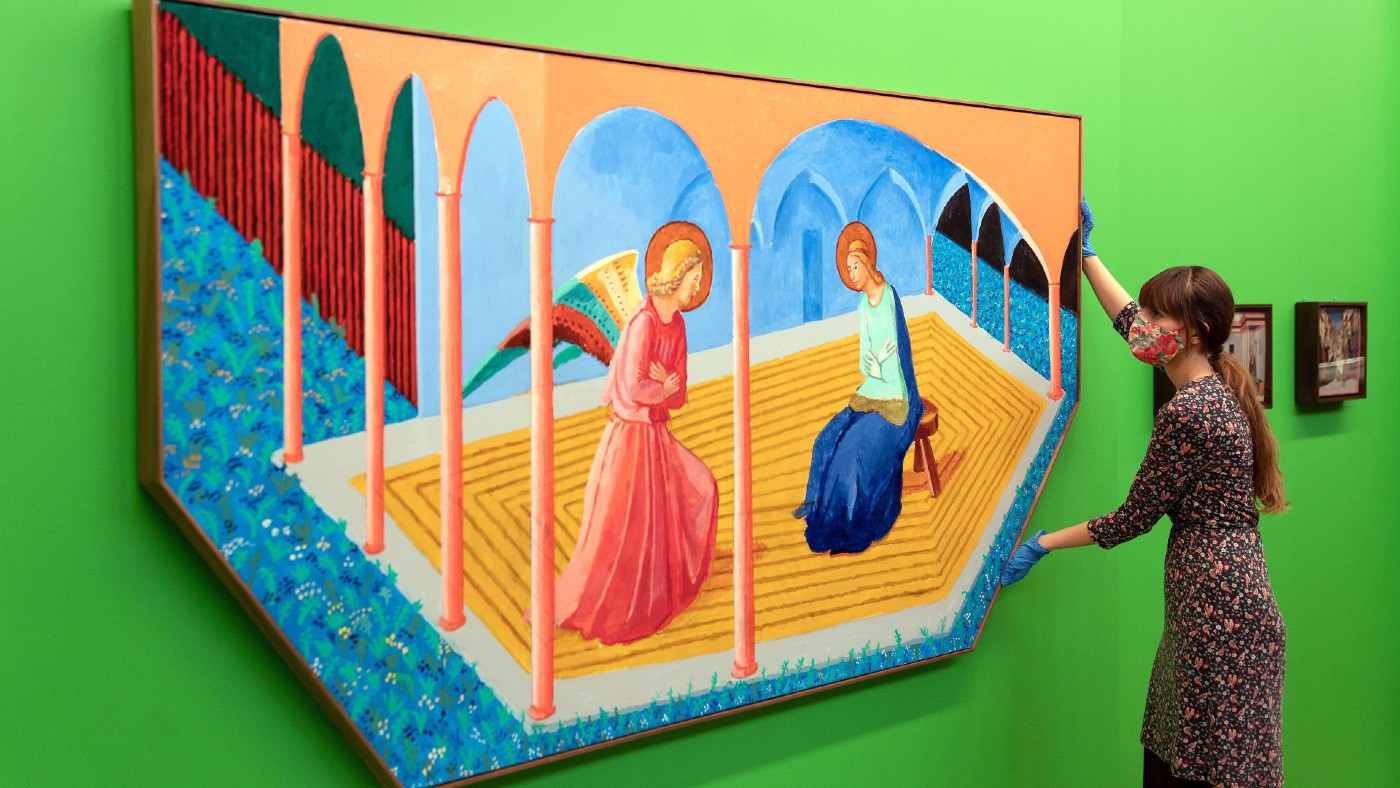
For decades, David Hockney has been arguing that Old Masters “from Velázquez to Vermeer” used optical aids to help them produce their work, said Alastair Sooke in The Daily Telegraph. Critics have disputed his thesis, saying that it detracts “from the notion of artistic genius”, but Hockney (b.1937) has stuck to his guns; indeed, in 2001 he published a “pertinent and engaging” book on what he calls “the lost techniques of the Old Masters”.
This exhibition, mainly at Cambridge’s Fitzwilliam Museum but with a few more pieces at the Heong Gallery at Downing College nearby, is the painter’s attempt to illustrate his point. It pits several dozen of his works against pieces by the likes of Monet, Poussin and Fra Angelico, to show how artists have used technology in the making of their art.
Just as he has experimented with Polaroids and iPads, he argues that his “vaunted predecessors” used devices such as camera obscura and 3-D wax models. Whatever you think of the theory, the result is a “blooming good show” in which works from across Hockney’s long career are juxtaposed with treasures from the Fitzwilliam’s permanent collection to wonderful effect.
The Week
Escape your echo chamber. Get the facts behind the news, plus analysis from multiple perspectives.

Sign up for The Week's Free Newsletters
From our morning news briefing to a weekly Good News Newsletter, get the best of The Week delivered directly to your inbox.
From our morning news briefing to a weekly Good News Newsletter, get the best of The Week delivered directly to your inbox.
There’s certainly much for the visitor to enjoy here, said Laura Cumming in The Observer. There’s a Hockney “acrylic of a beach brolly casting shadows on the sand” which deftly “isolates the lessons of impressionism”, and a series of his Californian sketches from the 1960s and 1970 “of dazzling facility”. Elsewhere, a “mesmerising” multi-screen film depicting the woods of the artist’s native Yorkshire has been hung beside a wintry scene by Camille Pissarro, highlighting the different ways in which the two artists evoke the colours of snow.
The exhibition is packed with technical detail aimed at illuminating Hockney’s theories on the techniques of the Old Masters. How did Ingres achieve the “stupendous accuracy” for which he was renowned in his pencil portraits? By using a camera lucida, Hockney reckons.
You can see one of these devices, which uses mirrors to project images onto paper, at the Fitzwilliam, and also portraits by Ingres set against others by Hockney, which he created with a camera lucida. The draughtsmanship amazes; yet scepticism remains: there is no record of Ingres having such a device. We learn a lot about Hockney’s methods here.
Whether the show sheds light on the methods of the past, however, is debatable. Yet in the end, it doesn’t matter, said Jonathan Jones in The Guardian. If you don’t agree with the theory, just go along to enjoy a “scintillating”, uplifting show. Hockney’s palette is ravishing: his deconstructed response to a landscape by Hobbema is a riot of “fiery farmhouses” and “emerald fields”; his Virgin Mary, hung next to Domenico Veneziano’s The Annunciation, is a “psychedelic rave of colour”. In fact, some of Hockney’s works are so vibrant, they “make the Old Masters look dull”, though that is not the intention – but set against one of his landscapes, Constable’s painting of Hampstead Heath “looks like a wet hanky”.
A free daily email with the biggest news stories of the day – and the best features from TheWeek.com
Best of all is Hockney’s 1970 Le Parc des Sources, Vichy, a work of high “romantic grandeur” depicting two figures, sat on a bench, gazing into the distance of a manicured park. Its “intense, seductive colours enfold and immerse you”. It’s a highlight of a superlative exhibition that will leave you “in awe of Hockney”.
Fitzwilliam Museum and Downing College, Cambridge (fitzmuseum.cam.ac.uk). Until 29 August (free)
-
 Homes with great fireplaces
Homes with great fireplacesFeature Featuring a suspended fireplace in Washington and two-sided Parisian fireplace in Florida
-
 Is $140,000 the real poverty line?
Is $140,000 the real poverty line?Feature Financial hardship is wearing Americans down, and the break-even point for many families keeps rising
-
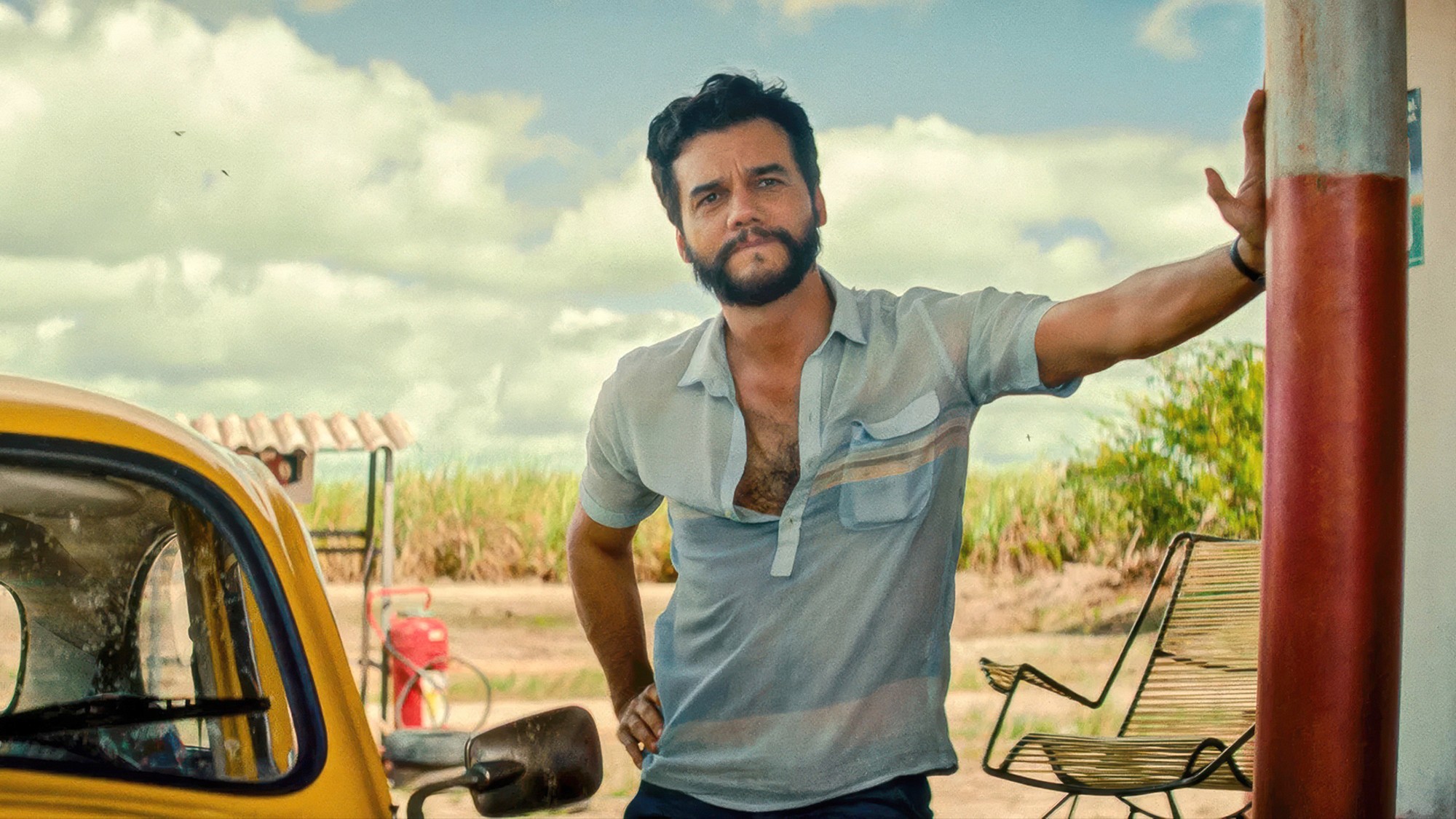 Film reviews: ‘The Secret Agent’ and ‘Zootopia 2’
Film reviews: ‘The Secret Agent’ and ‘Zootopia 2’Feature A Brazilian man living in a brutal era seeks answers and survival and Judy and Nick fight again for animal justice
-
 Homes with great fireplaces
Homes with great fireplacesFeature Featuring a suspended fireplace in Washington and two-sided Parisian fireplace in Florida
-
 Film reviews: ‘The Secret Agent’ and ‘Zootopia 2’
Film reviews: ‘The Secret Agent’ and ‘Zootopia 2’Feature A Brazilian man living in a brutal era seeks answers and survival and Judy and Nick fight again for animal justice
-
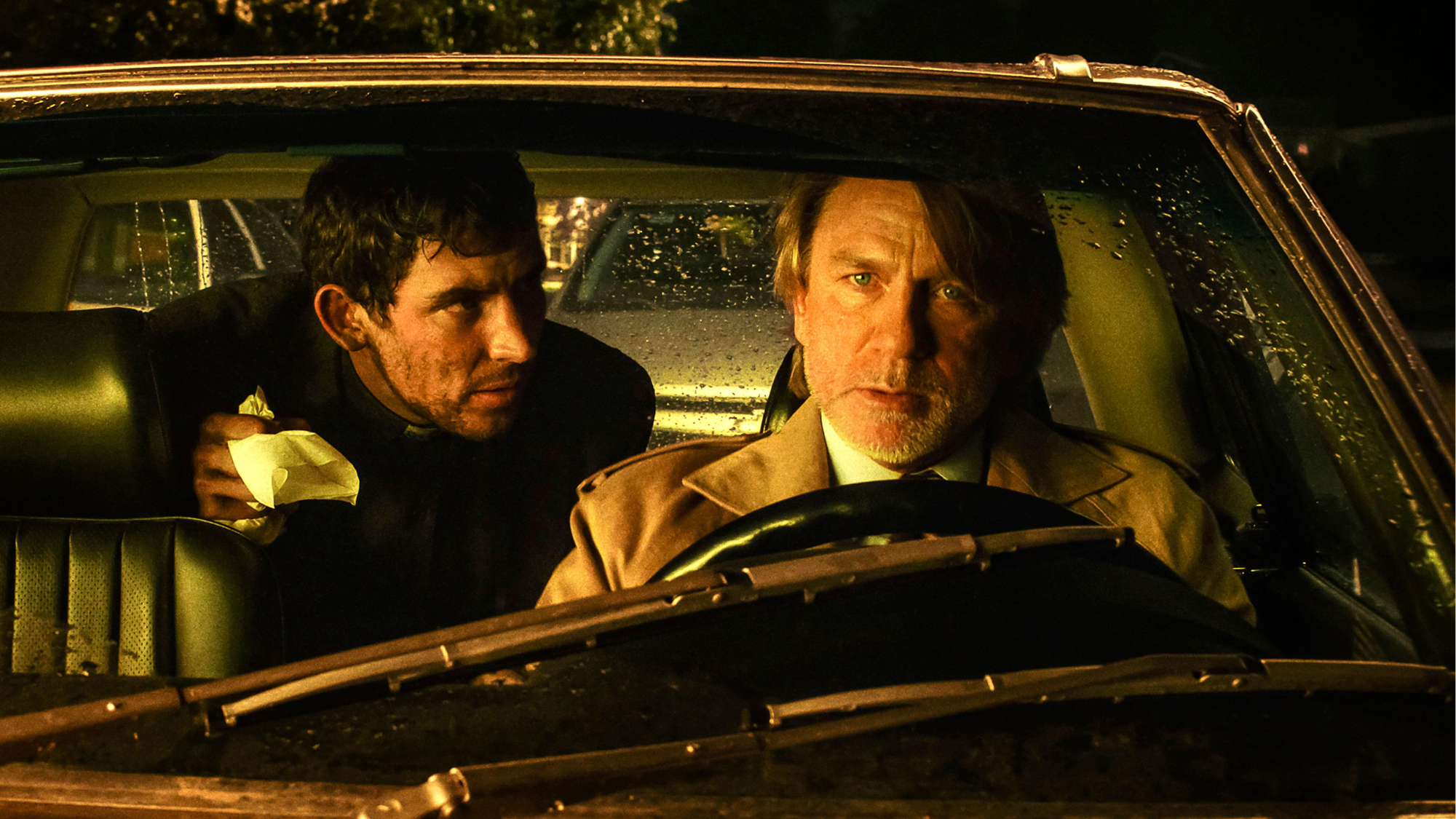 Wake Up Dead Man: ‘arch and witty’ Knives Out sequel
Wake Up Dead Man: ‘arch and witty’ Knives Out sequelThe Week Recommends Daniel Craig returns for the ‘excellent’ third instalment of the murder mystery film series
-
 Zootropolis 2: a ‘perky and amusing’ movie
Zootropolis 2: a ‘perky and amusing’ movieThe Week Recommends The talking animals return in a family-friendly sequel
-
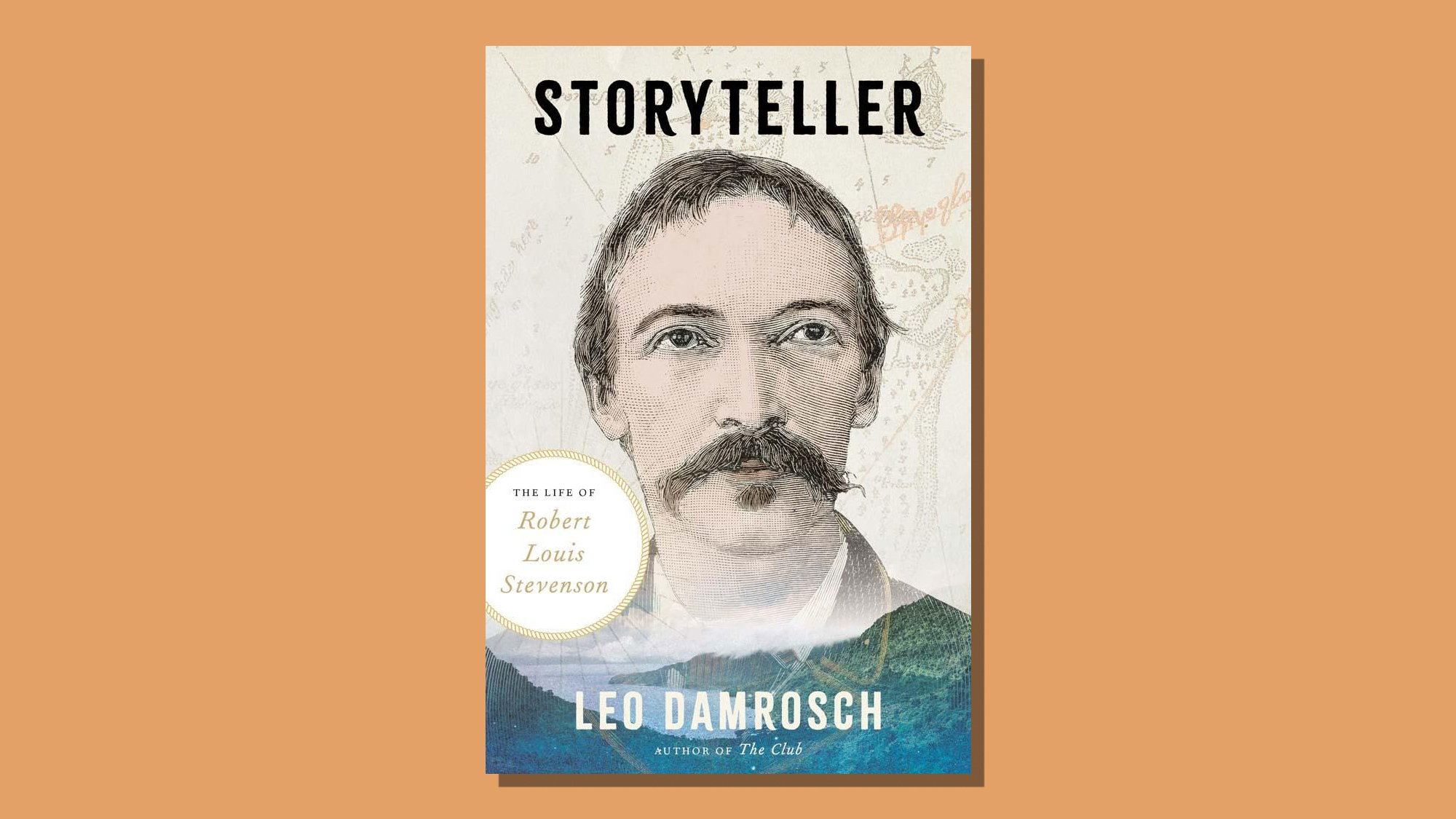 Storyteller: a ‘fitting tribute’ to Robert Louis Stevenson
Storyteller: a ‘fitting tribute’ to Robert Louis StevensonThe Week Recommends Leo Damrosch’s ‘valuable’ biography of the man behind Treasure Island
-
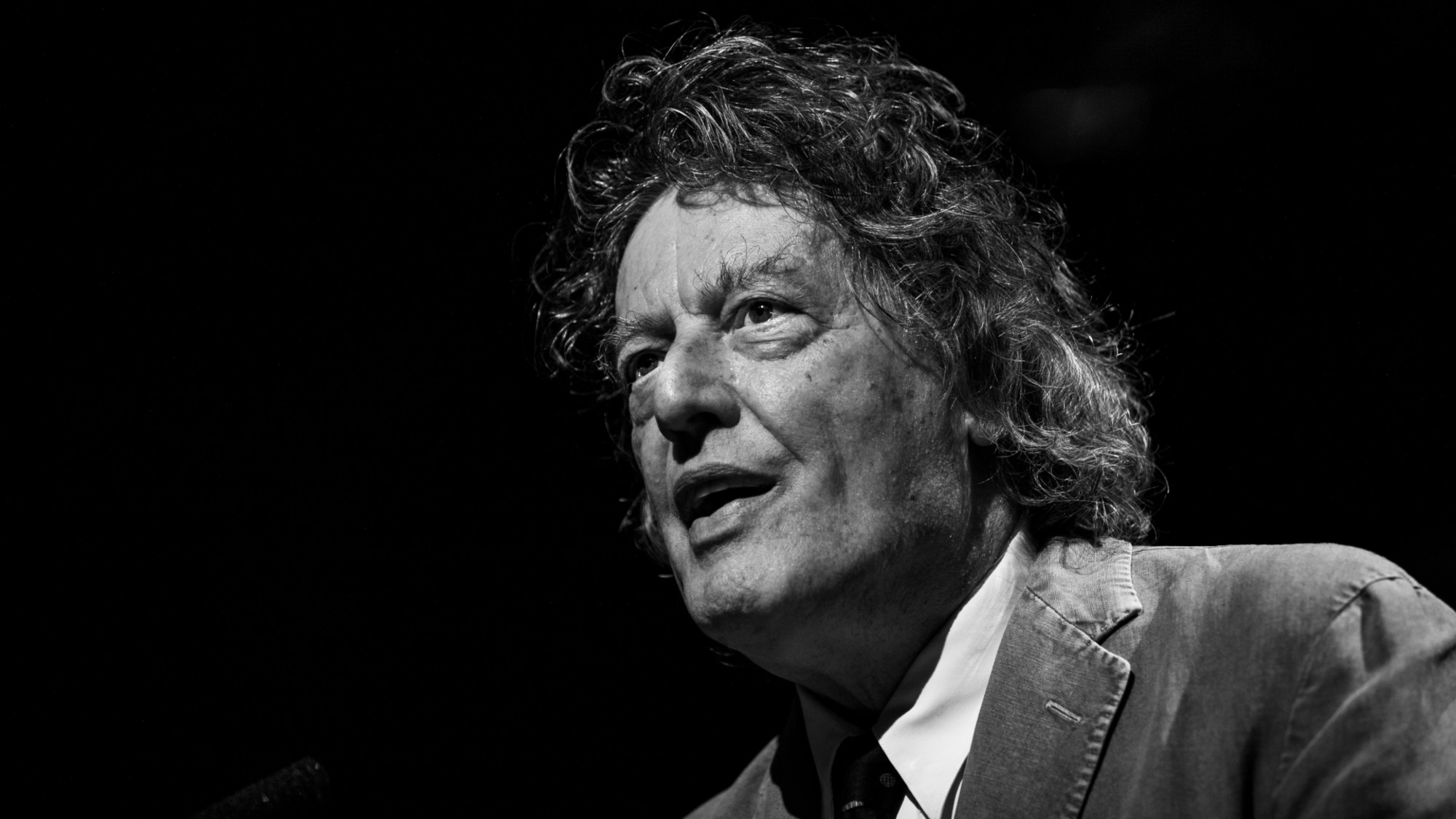 The rapid-fire brilliance of Tom Stoppard
The rapid-fire brilliance of Tom StoppardIn the Spotlight The 88-year-old was a playwright of dazzling wit and complex ideas
-
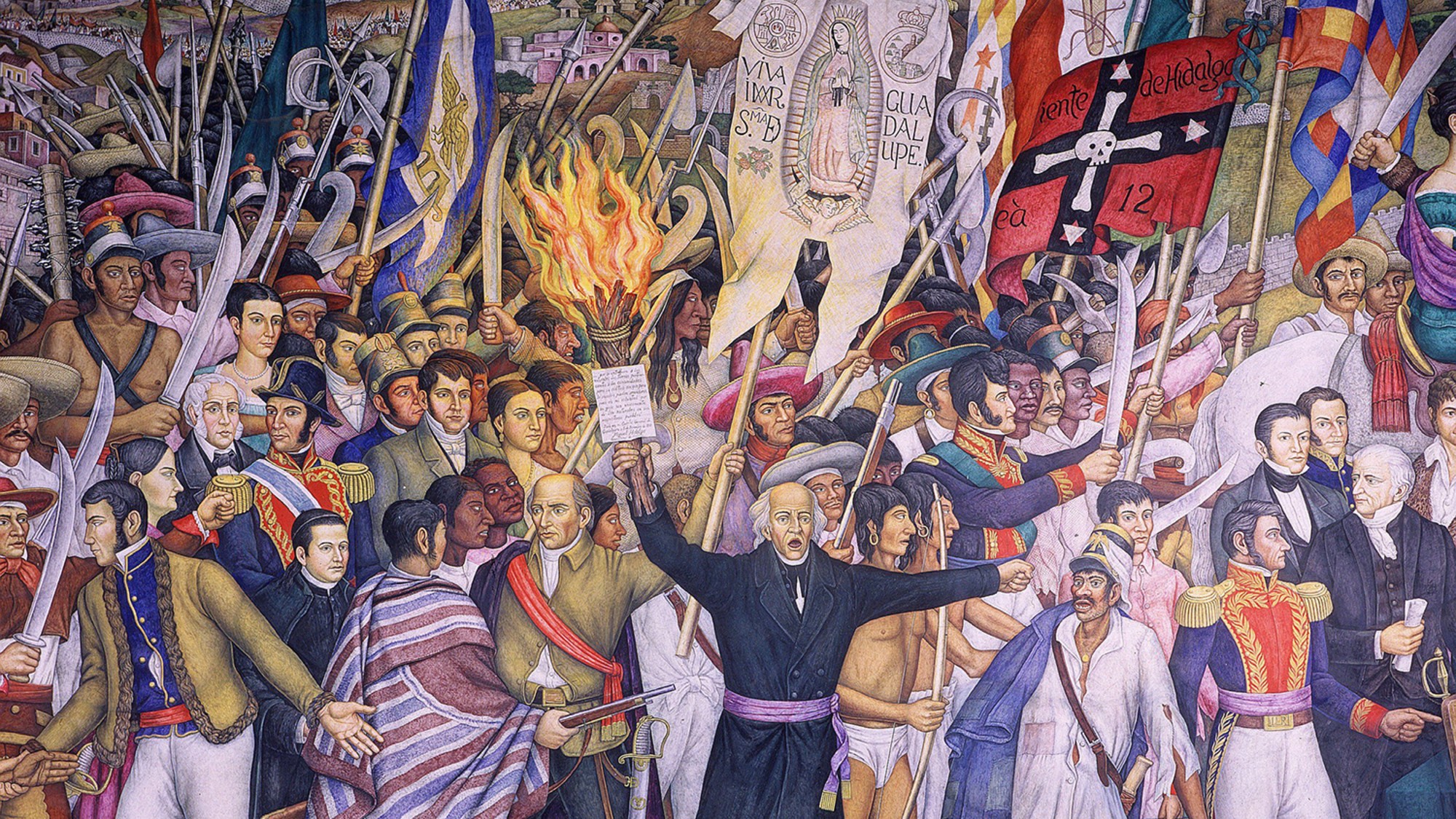 ‘Mexico: A 500-Year History’ by Paul Gillingham and ‘When Caesar Was King: How Sid Caesar Reinvented American Comedy’ by David Margolick
‘Mexico: A 500-Year History’ by Paul Gillingham and ‘When Caesar Was King: How Sid Caesar Reinvented American Comedy’ by David Margolickfeature A chronicle of Mexico’s shifts in power and how Sid Caesar shaped the early days of television
-
 Homes by renowned architects
Homes by renowned architectsFeature Featuring a Leonard Willeke Tudor Revival in Detroit and modern John Storyk design in Woodstock
